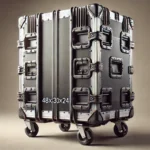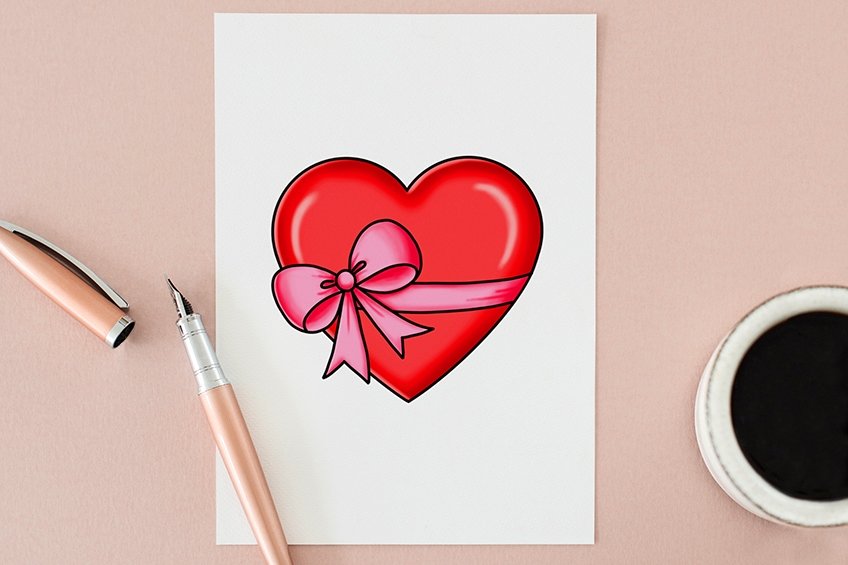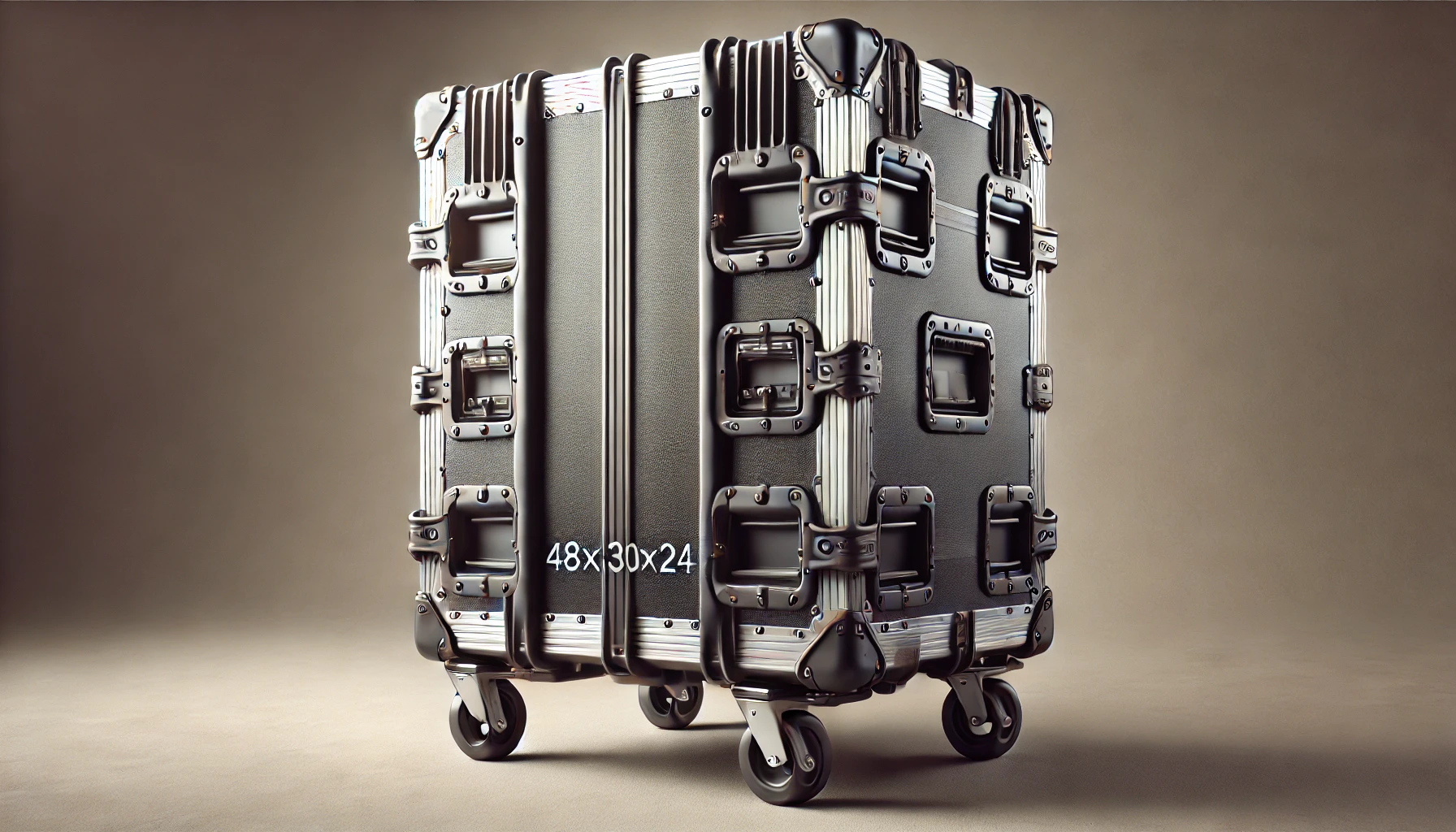Introduction to drawing:yw-tzomiaao= heart
When it comes to expressing love and emotion, few symbols are as iconic as the heart. This simple yet powerful shape has transcended time and culture, becoming a universal emblem of affection. For art enthusiasts and hobbyist drawers, mastering the art of drawing a heart can be both rewarding and enjoyable. In this comprehensive guide, we will explore the intricacies of “drawing:yw-tzomiaao= heart,” offering practical tips, techniques, and insights to help you perfect this timeless symbol.
Why Drawing a Heart Matters
Drawing a heart is more than just creating a shape; it’s about conveying emotion. Whether you’re a professional artist or a hobbyist, mastering “drawing:yw-tzomiaao= heart” can add a valuable skill to your artistic repertoire. It’s a versatile symbol that can be used in various forms of art, from illustrations and paintings to digital designs. The ability to draw a heart accurately and creatively can elevate your artwork, making it more engaging and emotionally resonant.
Understanding the significance of “drawing:yw-tzomiaao= heart” can also enhance your appreciation for this symbol. Hearts are often used to represent love, compassion, and connection, making them a powerful tool for storytelling in art. By mastering this simple shape, you can open up new avenues for creative expression and emotional impact.
Finally, drawing a heart can be a fun and relaxing activity. It doesn’t require advanced skills or expensive materials, making it accessible to anyone with a passion for art. Whether you’re doodling in a sketchbook or working on a more complex project, perfecting “drawing:yw-tzomiaao= heart” can provide a sense of accomplishment and joy.
Tools You’ll Need
Before you begin “drawing:yw-tzomiaao= heart,” it’s important to gather the right tools. The basic materials you’ll need include a pencil, eraser, paper, and ruler. A good quality pencil will allow you to create precise lines, while an eraser will help you correct any mistakes. Paper quality can also affect your drawing, so opt for a smooth, high-quality paper that can handle erasing and shading.
If you’re working on a digital platform, you’ll need a drawing tablet and stylus. Digital tools offer the advantage of easy corrections and a wide range of brushes and effects. Software like Adobe Photoshop, Procreate, or even simple drawing apps can be used for “drawing:yw-tzomiaao= heart.” The key is to choose tools that you’re comfortable with and that allow you to work efficiently.
For those who like to add color to their drawings, colored pencils, markers, or watercolors can be great additions to your toolkit. These tools can help you add depth and dimension to your heart drawings, making them more vibrant and expressive. Whatever tools you choose, make sure you’re familiar with their use and comfortable experimenting with different techniques.
Basic Steps to Drawing a Heart
The first step in “drawing:yw-tzomiaao= heart” is to understand its basic shape. A heart is essentially a combination of two symmetrical curves meeting at a point. Start by drawing two circles of equal size side by side. These will form the upper curves of the heart. Next, draw a straight line down from the center of each circle to form the sides of the heart.
Once you have the basic outline, you can begin refining it. Smooth out the curves of the circles to create a more natural heart shape. The key to “drawing:yw-tzomiaao= heart” is symmetry, so take your time to ensure both sides of the heart are even. You can use a ruler or a piece of paper folded in half to check for symmetry.
After refining the shape, add details like shading and highlights to give your heart depth and dimension. Shading can make “drawing:yw-tzomiaao= heart” more realistic and visually appealing. Use light, feathery strokes to add shadows along the edges and blend them smoothly. Highlights can be added with a white pencil or eraser to create a glossy, three-dimensional effect.
Advanced Techniques
Once you’ve mastered the basics of “drawing:yw-tzomiaao= heart,” you can experiment with more advanced techniques. One technique is to add texture to your heart, such as patterns or designs. This can be done using cross-hatching, stippling, or other shading methods. Adding texture can make your heart drawing more interesting and unique.
Another advanced technique is to experiment with different perspectives and angles. Instead of drawing a heart head-on, try drawing it from a side view or at an angle. This can add depth and complexity to your “drawing:yw-tzomiaao= heart.” Playing with perspective can also help you develop your skills and improve your understanding of shapes and forms.
You can also incorporate other elements into your heart drawings, such as arrows, flowers, or ribbons. These additions can enhance the symbolism of your drawing and add a layer of meaning. For example, an arrow-pierced heart can symbolize love and pain, while a heart surrounded by flowers can represent beauty and growth. Combining these elements can make “drawing:yw-tzomiaao= heart” a richer and more meaningful experience.
Common Mistakes to Avoid
When learning “drawing:yw-tzomiaao= heart,” it’s important to be aware of common mistakes that can affect the quality of your drawing. One common mistake is making the heart shape uneven or asymmetrical. To avoid this, use guidelines and take your time to ensure both sides of the heart are balanced and even.
Another mistake is pressing too hard with your pencil, which can create harsh lines that are difficult to erase. Light, gentle strokes are key to achieving a smooth and polished look in “drawing:yw-tzomiaao= heart.” If you need to darken your lines later, you can always go over them again with a firmer hand.
Finally, avoid overcomplicating your drawing with too many details or elements. Keep your heart drawing simple and focus on the basic shape and symmetry. Once you’re comfortable with the basics, you can gradually add more details and complexity to your “drawing:yw-tzomiaao= heart.” Remember, practice makes perfect, so keep experimenting and refining your technique.

Adding Personal Touches
One of the joys of “drawing:yw-tzomiaao= heart” is the ability to add personal touches and make your drawing unique. Consider adding initials, names, or special dates to your heart drawing to personalize it. These additions can make your drawing more meaningful and special, especially if you’re creating it as a gift for someone.
You can also experiment with different colors and patterns to give your heart drawing a distinctive look. Use your favorite colors or try out different color combinations to see what works best. Patterns like stripes, polka dots, or even intricate designs can add a fun and creative element to your “drawing:yw-tzomiaao= heart.”
Another way to personalize your heart drawing is by incorporating elements that reflect your interests or personality. For example, if you love nature, you can add leaves or flowers to your heart drawing. If you’re a fan of a particular art style, try incorporating elements of that style into your “drawing:yw-tzomiaao= heart.” The possibilities are endless, so don’t be afraid to get creative and make your heart drawing truly your own.
Using References
Using references can be incredibly helpful when learning “drawing:yw-tzomiaao= heart.” References can provide you with different perspectives, styles, and techniques that you can incorporate into your own drawings. Look for reference images online, in books, or even in your daily life.
When using a reference, start by studying the image closely. Pay attention to the shape, lines, and details of the heart. Try to understand how the artist achieved certain effects and techniques. Then, attempt to replicate the image in your own “drawing:yw-tzomiaao= heart.” Using references can help you learn new skills and improve your drawing technique.
Don’t be afraid to combine multiple references to create a unique and original drawing. Mix and match different elements from various references to create a heart drawing that reflects your personal style and creativity. Remember, references are tools to guide and inspire you, not to limit your creativity.
Practicing Regularly
Like any skill, “drawing:yw-tzomiaao= heart” requires regular practice to improve. Set aside time each day or week to practice drawing hearts. Start with simple sketches and gradually work your way up to more complex and detailed drawings. The more you practice, the more comfortable and confident you’ll become in your drawing abilities.
Keep a sketchbook dedicated to your heart drawings. Use it to track your progress, experiment with different techniques, and document your creative ideas. A sketchbook can be a valuable tool for “drawing:yw-tzomiaao= heart,” allowing you to see how far you’ve come and providing a space for continuous improvement.
Don’t be discouraged by mistakes or imperfections in your drawings. Every artist makes mistakes, and they are a natural part of the learning process. Use them as opportunities to learn and grow. With regular practice and dedication, you’ll find that “drawing:yw-tzomiaao= heart” becomes easier and more enjoyable over time.
Sharing Your Work
Once you’ve mastered “drawing:yw-tzomiaao= heart,” consider sharing your work with others. Sharing your drawings can be a great way to receive feedback, gain inspiration, and connect with other artists. Post your drawings on social media platforms like Instagram, Facebook, or Pinterest. Join online art communities and forums where you can share your work and engage with fellow artists.
When sharing your work, don’t be afraid to explain your process and the techniques you used. This can provide valuable insights to other artists and help them learn from your experience. Sharing your work can also boost your confidence and motivate you to continue improving your “drawing:yw-tzomiaao= heart” skills.
Consider participating in art challenges or collaborations with other artists. These activities can push you out of your comfort zone and inspire you to try new techniques and ideas. Collaborating with other artists can also lead to valuable friendships and creative partnerships.
Exploring Different Mediums
While pencil and paper are the traditional tools for “drawing:yw-tzomiaao= heart,” don’t be afraid to explore different mediums. Experimenting with various materials can add a new dimension to your drawings and spark your creativity. Try using charcoal, pastels, ink, or even digital tools to create unique and interesting heart drawings.
Each medium has its own set of techniques and challenges. For example, charcoal can create rich, dark lines and dramatic shading, while watercolors can add a soft and delicate touch to your “drawing:yw-tzomiaao= heart.” Experimenting with different mediums can help you discover new ways to express yourself and enhance your artistic skills.
Digital drawing tools offer a wide range of possibilities for “drawing:yw-tzomiaao= heart.” Software like Adobe Photoshop, Procreate, and Corel Painter provide a variety of brushes, effects, and tools that can take your heart drawings to the next level. Digital drawing also offers the advantage of easy corrections and limitless experimentation without the fear of ruining your paper or canvas.
Learning from Others
One of the best ways to improve your “drawing:yw-tzomiaao= heart” skills is to learn from others. Seek out tutorials, classes, and workshops led by experienced artists. These resources can provide valuable guidance, tips, and techniques that can enhance your drawing abilities.
Online platforms like YouTube, Skillshare, and Udemy offer a wide range of tutorials and courses on “drawing:yw-tzomiaao= heart.” Take advantage of these resources to learn from the best and gain new insights. Don’t be afraid to invest in your education and take your drawing skills to the next level.
Networking with other artists can also be beneficial. Join local art groups, attend art events, and participate in online forums and communities. Engaging with other artists can provide you with valuable feedback, inspiration, and support. Learning from others can help you grow as an artist and improve your “drawing:yw-tzomiaao= heart” technique.
Conclusion
Mastering the art of “drawing:yw-tzomiaao= heart” is a rewarding and enjoyable endeavor for any artist. Whether you’re a beginner or an experienced artist, the tips and techniques outlined in this guide can help you create beautiful and expressive heart drawings. By understanding the significance of the heart symbol, gathering the right tools, practicing regularly, and learning from others, you can improve your drawing skills and take your art to the next level.
Remember, the key to success in “drawing:yw-tzomiaao= heart” is practice and experimentation. Don’t be afraid to try new techniques, explore different mediums, and add personal touches to your drawings. With dedication and perseverance, you can master the art of drawing a heart and create artwork that is both meaningful and visually stunning.
If you’re looking for more resources and inspiration, consider joining our creative community. Our members share their work, offer feedback, and provide support to help each other grow as artists. Sign up today to connect with fellow art enthusiasts and take your “drawing:yw-tzomiaao= heart” skills to new heights. Happy drawing!












